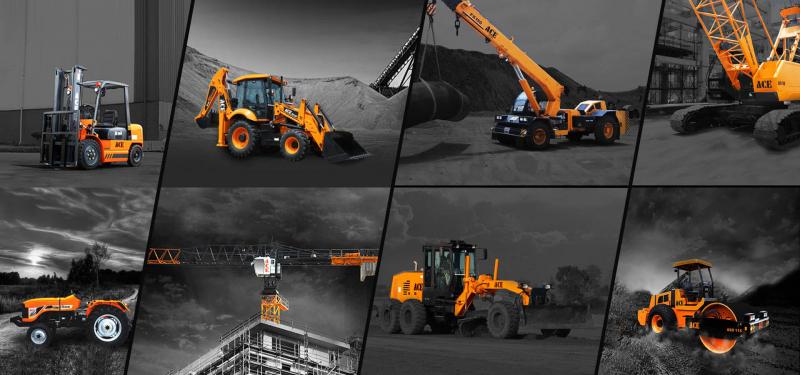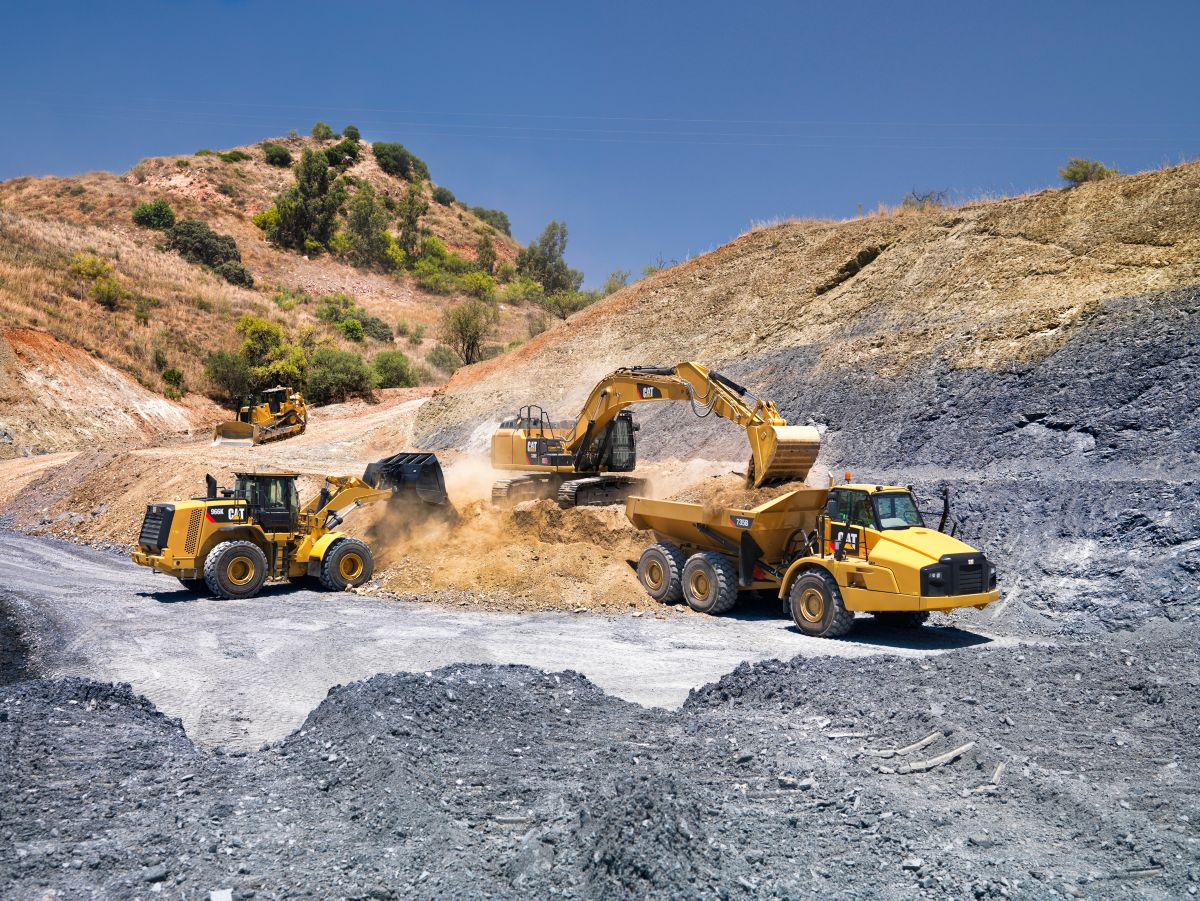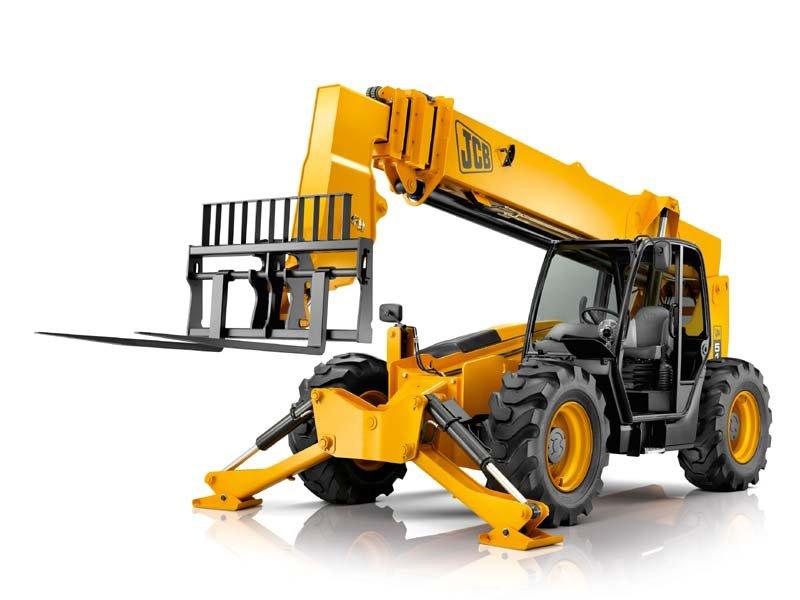Heavy Equipment Rental: Large Equipment for Any Kind Of Construction Job
Heavy Equipment Rental: Large Equipment for Any Kind Of Construction Job
Blog Article
Exactly How to Select the Right Building Equipment Rentals to Meet Your Particular Demands
Picking the ideal building and construction equipment leasings is a crucial step that can dramatically influence job effectiveness and success. It needs a systematic analysis of job requirements, equipment abilities, rental terms, and logistical factors to consider. Each factor plays a pivotal role in making certain that the preferred devices aligns with particular tasks and site conditions. The subtleties of these examinations can frequently be overlooked, leading to potential problems. Recognizing just how to browse this process properly may be the key to enhancing resources and decreasing prices-- yet numerous specialists locate themselves at a crossroads when making these essential decisions.
Analyze Your Job Demands
Prior to choosing building devices rentals, it is vital to thoroughly assess your project needs to ensure that the right devices are utilized for ideal performance and safety. Begin by specifying the extent of your project, including the tasks to be finished and the timeline for completion. This fundamental understanding will direct you in identifying the details devices needed.
Next, think about the site conditions, such as terrain, accessibility, and the space offered for maneuvering machinery. These factors directly affect the kind and dimension of devices that can be properly used. In addition, assess the expected workload and manufacturing rates, as these metrics will certainly figure out the tools's capability requirements.
It is additionally vital to assess any regulatory or security requirements that may use to your project. Compliance with these regulations can influence equipment selection and usage, influencing overall task timelines and prices. Seek advice from with your task team and stakeholders to gather insights and consensus on equipment requirements. By carefully taking into consideration these elements, you can make enlightened decisions that not only enhance operational effectiveness yet likewise advertise a secure working setting.
Evaluate Tools Abilities
How do you establish whether the equipment fulfills your task's demands? Beginning by evaluating the specific jobs required for your job and match these with the abilities of the tools available for rental fee. Think about the equipment's dimension, power, and ability, in addition to its operational attributes. If you need to lift hefty products, make certain the training capability of the equipment lines up with your requirements.

Last but not least, take into consideration the most recent technical improvements that might boost productivity. Features such as GPS monitoring, gas performance, and operator-friendly controls can dramatically impact job execution. By extensively assessing devices capabilities versus your task specs, you can make sure that you choose the right machinery that not just fulfills however surpasses your functional needs, eventually adding to the success of your building project.
Understand Rental Terms
Comprehending rental terms is crucial for ensuring a successful and smooth tools rental experience. Acquainting on your own with the particular terms of a rental contract can stop misconceptions and prospective conflicts. Key parts to think about include the duration of the leasing, repayment terms, and any affiliated charges.
Commonly, rental periods are specified in daily, regular, or regular monthly terms, and understanding these periods is important for budgeting. In addition, settlement terms might vary in between firms, including down payments, late payment fines, and accepted repayment approaches.
It's likewise important to clarify duties for maintenance and damages. Some rental arrangements may stipulate that the tenant is responsible for regular upkeep and any repair services that occur throughout the rental duration. Comprehending the conditions relating to damage or theft is essential; ask about insurance choices and responsibility coverage to protect your interests.
Think About Transportation Logistics
Transportation logistics play a crucial duty in the successful service of building and construction equipment. Proper planning and implementation click over here now of transportation strategies can substantially impact the efficiency and productivity of your building project. Before completing equipment leasings, evaluate the place of your job site and the accessibility of transportation routes.
Take into consideration the distance between the rental provider and your website, as longer distances can bring about increased transport costs and hold-ups - aerial lift rental. Review the weight and dimensions of the devices to ensure it can be safely carried on available streets and framework

Be conscious of local policies regarding transport licenses and courses, as these can impact the logistics of relocating hefty equipment (mini excavator rental). By proactively dealing with these factors to consider, you can minimize possible interruptions and make certain that the right equipment is delivered on schedule, cultivating a much more efficient building process
Contrast Rental Expenses and Providers
When evaluating building and construction tools leasings, it is important to compare companies and expenses to guarantee you secure the most effective worth for your project. Beginning by collecting quotes from several rental view it business to establish a baseline for prices. Realize that prices can differ considerably based upon elements such as tools type, rental duration, and added services used.
Following, think about the online reputation and reliability of each copyright. Search for consumer reviews and reviews to assess their service quality. A business with a strong record may validate a greater rental price due to remarkable tools upkeep and customer support.
In addition, review the regards to the rental arrangements. Some providers may offer flexible rental options, such as daily, weekly, or monthly prices, which can be advantageous relying on your task timeline. Take notice of added costs, such as shipment fees and insurance coverage expenses, which can impact the overall rental price.
Conclusion

Selecting the ideal building devices leasings is a vital step that can significantly affect project performance and success.Before picking building and construction equipment rentals, it is important to extensively evaluate your task demands to ensure that the right devices are made use of for optimal performance and safety.Recognizing rental terms is important for making sure a smooth and effective devices rental experience.When reviewing construction equipment rentals, it is important to contrast companies and prices to ensure you safeguard the best value for your task.Picking the proper building equipment leasings demands a detailed analysis of task demands, equipment capacities, rental terms, transportation logistics, and relative costs.
Report this page